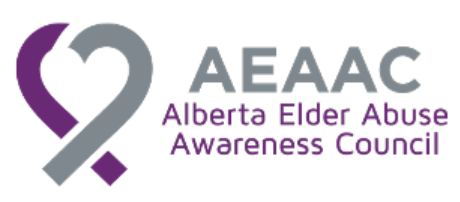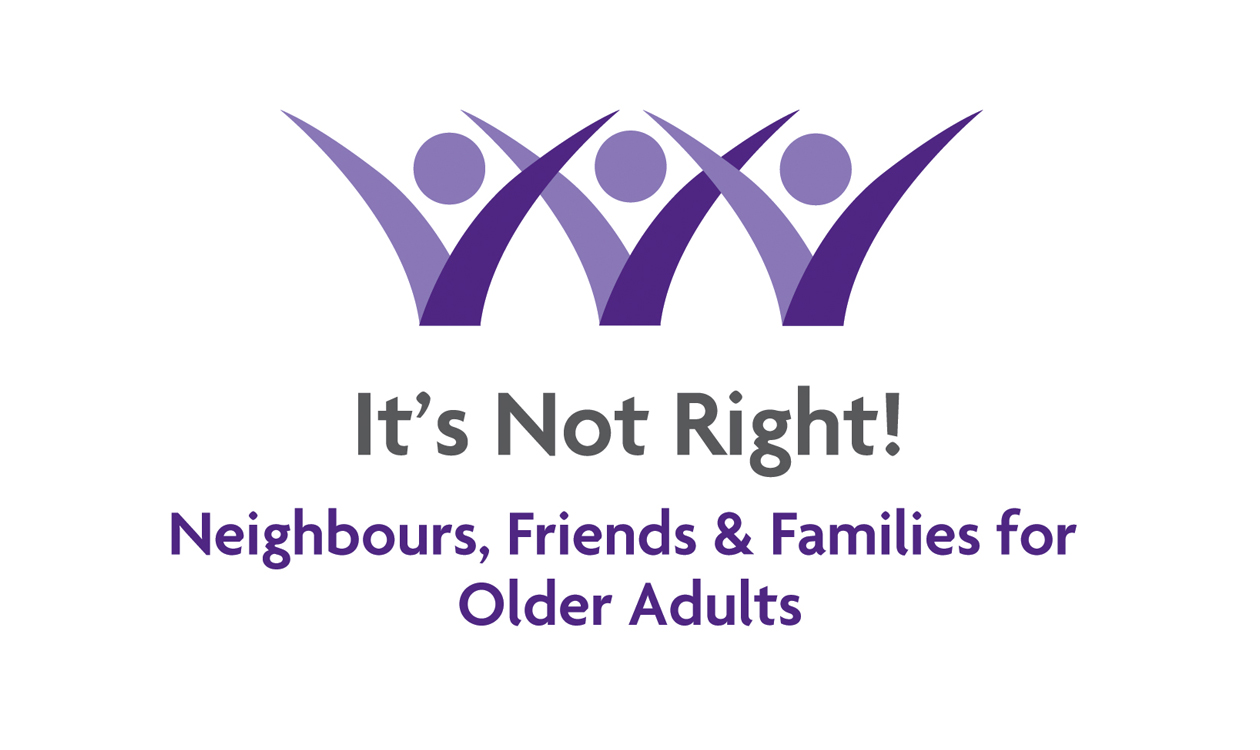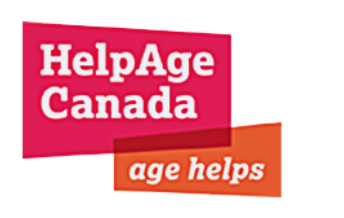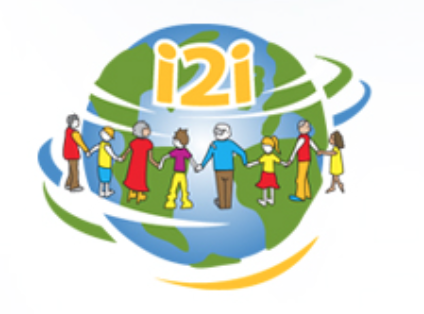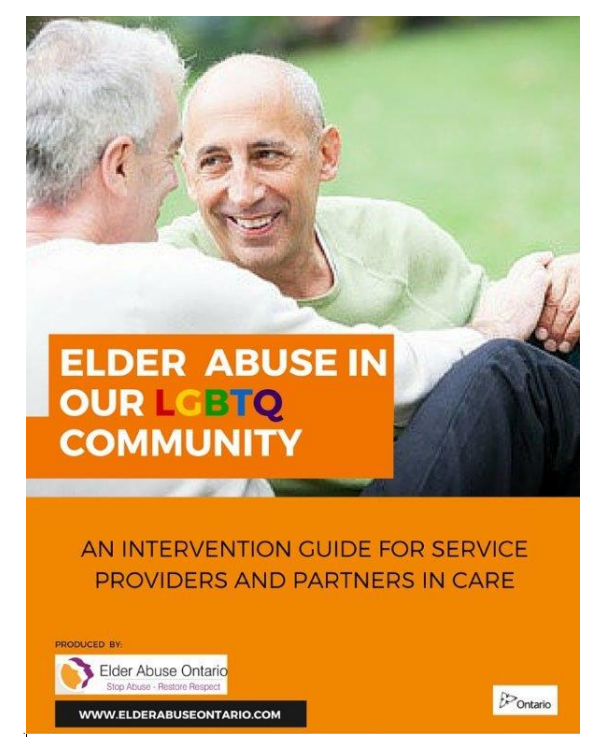
- Guiding principles
- Overview and definition(s)
- Risk factors, and warning signs
- Assessment Questions
- Interview Strategy
- Safety Planning
- Reporting and Legislation
- Case Studies – Discussion Questions, Fact Box, Decision Tree for navigating support and interventions
- Provincial Resources/Services
Source: Elder Abuse Ontario
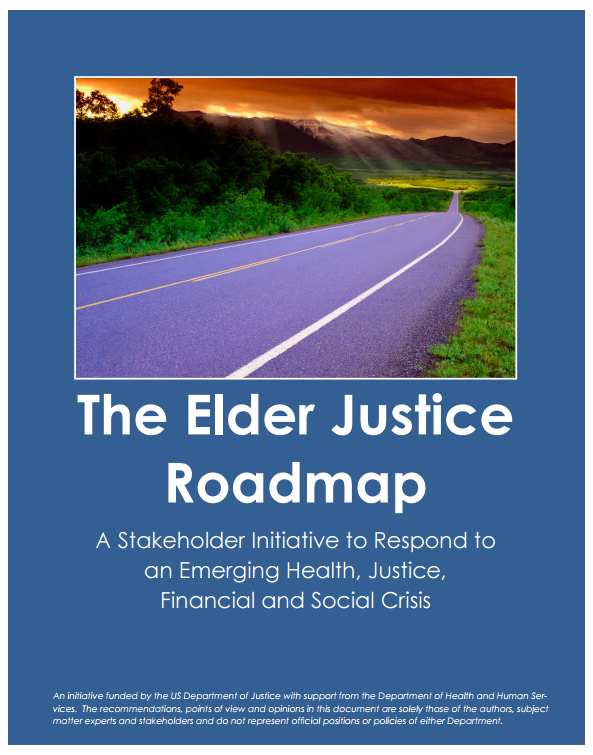
"The Roadmap is intended primarily to be a strategic planning resource by the field, for the field, to advance our collective efforts to prevent and combat elder abuse. It is a dynamic document that can be adapted and used by grassroots and community groups, multidisciplinary teams, and local, state and national governmental and non-governmental entities all of which have critical and complementary roles to play in tackling and implementing the recommendations identified in this document."
Source: NYC Elder Abuse Center
The following resource is part of the Family Violence Initiative, funded by the RCMP. Find similar tools by searching for the FVIF tag or consult the list of available resources.
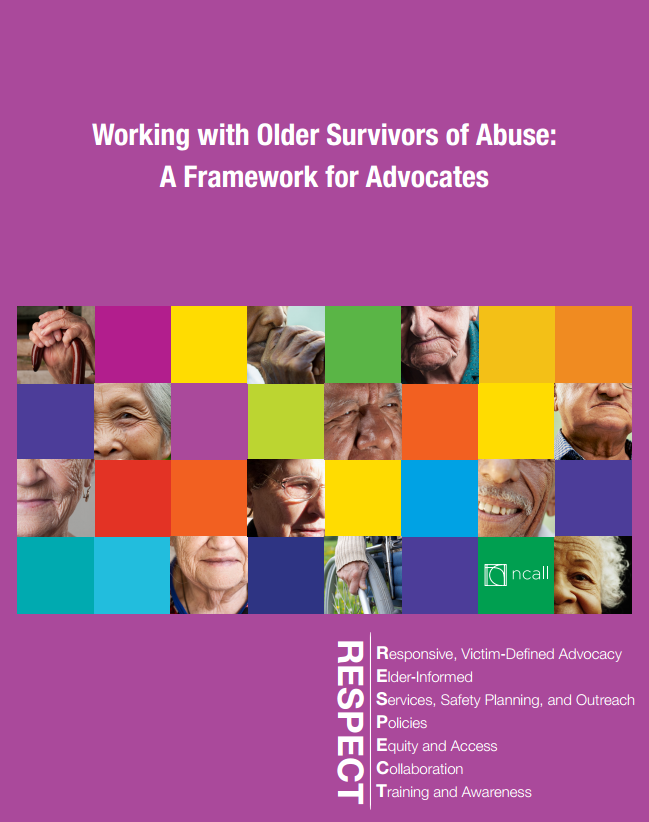
1) this summary report,
2) a self-assessment workbook and resource lists, and
3) training modules.
These materials are designed to enhance responses to older survivors of abuse by community-based domestic violence (DV) and sexual assault (SA) agency staff and volunteers. This summary report begins with a brief overview of elder abuse and abuse in later life.
Subsequent sections describe seven key guiding principles as well as minimum guidelines and practice strategies for advocates to consider in their work with older survivors."
Source: National Clearinghouse on Abuse in Later Life (USA)
The following resource is part of the Family Violence Initiative, funded by the RCMP. Find similar tools by searching for the FVIF tag or consult the list of available resources.
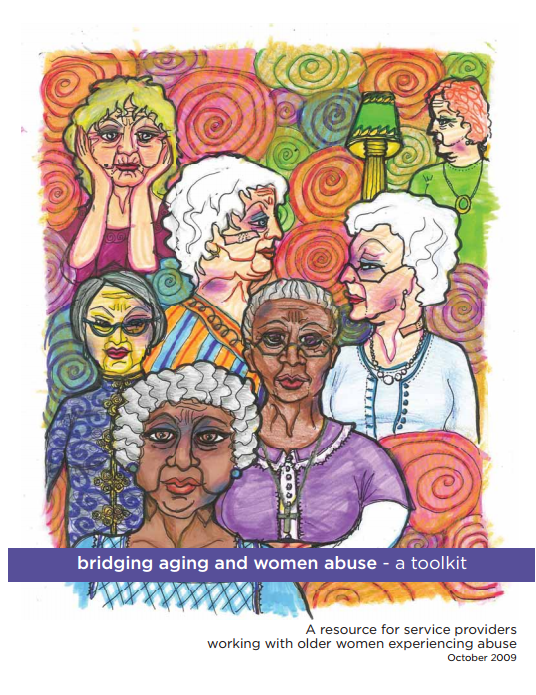
This toolkit was developed to support a more coordinated and effective community response to older women abuse. Older women are one of the fastest growing population groups and as the baby boomer generation age, the number of older women experiencing abuse will likely increase. The most recent Family Violence in Canada profile indicates that older women are more likely to be victims of family violence than men and that this rate has been steadily increasing since 1998. Previous work by the project team, as well as other research and reports, indicate that older women experiencing abuse are often caught between service systems. For example, older women may not identify with elder abuse programs, which largely assume that abuse occurs in a caregiving context and typically do not address the gendered nature of abuse. Likewise, domestic violence services are often perceived to be for younger women with children and may not have age-appropriate supports in place. For some older women these gaps in support lead to homelessness and homeless shelters where neither aging nor abuse is well addressed.
Although promising practices are emerging in response to these gaps, few tools have direct input by older women who have experienced abuse and the gaps in service systems. Further, few tools provide resources for service providers and older women to use while working together. We have built on but not replicated existing resources. We acknowledge all the important work1 we drew upon but emphasize that THIS IS NOT ANOTHER MANUAL. It is an innovative and relevant compilation of ideas and tools that can be used to support an effective and empowering response to older women abuse.''
Source: National Initiative for the Care of the Elderly
The following resource is part of the Family Violence Initiative, funded by the RCMP. Find similar tools by searching for the FVIF tag or consult the list of available resources.
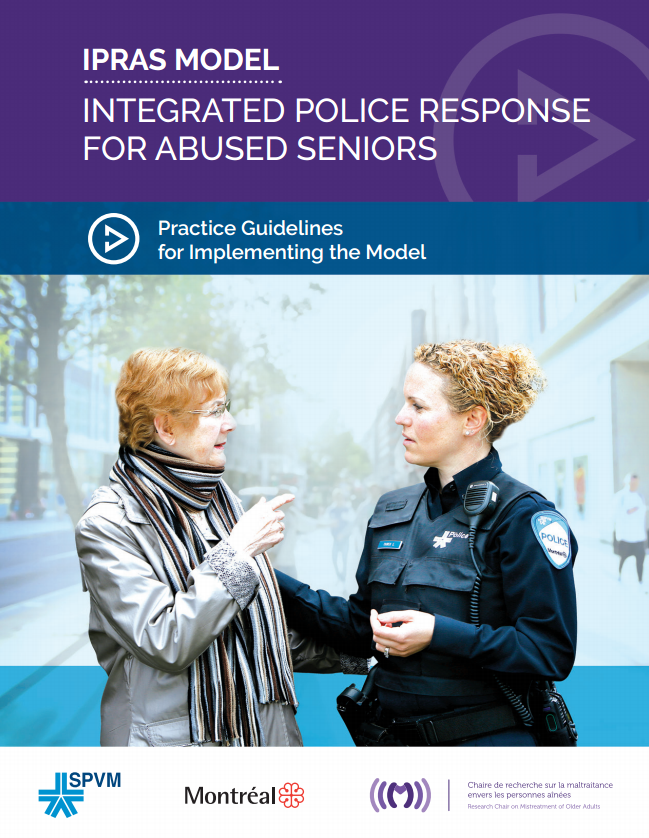
As first-line responders, police officers are called on to act in a variety of situations involving mistreatment—in the home or in an institutional setting. In addition to the connections they form within the community, their status as first responders positions them as privileged players in the response to prevent and counter mistreatment of older adults.
The IPRAS Model (Integrated Police Response for Abused Seniors) relies in particular on the concerted and complementary efforts of police officers of all functions within a service. Its most important component integrates the five aspects of police response and is supported by four other components (guidance and coaching of the practice / cross-cutting support / coordination / strategic management and leadership) for continuous improvement in responding to mistreatment of older adults."
Also available:
Page 22 of 31





